Rare Rides: The 1988 Buick LeSabre T-Type Coupe

Today’s Rare Ride is just one of the many attempts General Motors made throughout the 1980s and ’90s to chase after those youthful customers who ate dinner after 5:15 p.m.
It’s an aggressive Buick LeSabre T-Type from 1988.
By the early part of the 1980s, BMW’s offerings had become the sports and prestige motorcar signal in America. High-interest loans were taken on cars of 3 and 5 Series varieties, and American manufacturers were green with envy. They had nothing to offer these people who desired European, international flavor in their cars.
General Motors’ first attempts to spice it up in the new decade brought us the T-Type Riviera and Eldorado Touring Coupe. Later in the ’80s, GM tried more refined ideas and released modern (less boaty) cars — like the International Series from Oldsmobile and this T-Type LeSabre from Buick.
The LeSabre was all-new and front-drive for the 1986 model year, built in the environmental paradise of Flint, Michigan. LeSabre maintained its coupe and sedan body styles, but lost the wagon with the move to front-wheel drive. New, slick styling accompanied the model’s downsizing, and now the hood was hinged at the front like a Bavarian car.
Three different engines were offered in the sixth-generation LeSabre. Basic power was provided by a 3.0-liter V6, but most models used the Buick 3800 in either 150-horsepower guise, or with 165 horses for 1988 to 1990. For the generation’s final year in 1991 GM added Tuned Port Injection, which upped the 3800’s power figure to 170.
At the beginning of the run, a very limited edition LeSabre wore Grand National badges. Available in 1986 only, around 112 were made. The following year, LeSabre’s sport coupe offering became the T-Type, borrowing some styling cues from the Regal Grand National and T-Type cars. It was by far the most affordable of the three.
Visual changes for T-Type started with a special two-tone black and grey interior color scheme. Around the exterior was blacked out trim, a unique grille and tail lamps (with amber indicator lenses, like European cars), an extended front air dam, a smattering of T-Type badging, and blacked out Buick logos that replaced the traditional hood ornament. The overall effect was considerably more sporty than the standard Early-bird Special LeSabre Coupe, and said sportiness was reinforced by a Gran Touring suspension.
Sales were never blazing hot for the T-Type LeSabre, but then again, the variant wasn’t given much time. On sale from 1987 to 1989, it was axed when Buick’s branding was adjusted for the 1990 model year. All T-Type offerings vanished at that time, as Buick relabeled itself as a premium maker rather than a sporty one.
And that strategy continues to work well today!
Today’s Rare Ride is a low-mileage example in New York state. In excellent condition, the T-Type asks $6,495.
[Images: seller]

Interested in lots of cars and their various historical contexts. Started writing articles for TTAC in late 2016, when my first posts were QOTDs. From there I started a few new series like Rare Rides, Buy/Drive/Burn, Abandoned History, and most recently Rare Rides Icons. Operating from a home base in Cincinnati, Ohio, a relative auto journalist dead zone. Many of my articles are prompted by something I'll see on social media that sparks my interest and causes me to research. Finding articles and information from the early days of the internet and beyond that covers the little details lost to time: trim packages, color and wheel choices, interior fabrics. Beyond those, I'm fascinated by automotive industry experiments, both failures and successes. Lately I've taken an interest in AI, and generating "what if" type images for car models long dead. Reincarnating a modern Toyota Paseo, Lincoln Mark IX, or Isuzu Trooper through a text prompt is fun. Fun to post them on Twitter too, and watch people overreact. To that end, the social media I use most is Twitter, @CoreyLewis86. I also contribute pieces for Forbes Wheels and Forbes Home.
More by Corey Lewis
Latest Car Reviews
Read moreLatest Product Reviews
Read moreRecent Comments
- Lou_BC On a different note, I read that 30% of the world's energy is now generated by "renewable" sources.
- Kjhkjlhkjhkljh kljhjkhjklhkjh not surprised their grid is as terrible as ours ...
- Lou_BC EV's are a convenient foil. Cadillac has been searching for its place. Are are they luxury performance? In your face audacious? Do they offer prestige? What sets them apart from the rest of "the look at me I'm special" vehicle market? I can buy a Denali SUV or pickup with similar luxury.
- Cprescott No big loss. It was always third rate when there was competition. At best its only good point was its price point.
- ToolGuy Journalists saving the world again. LOL.

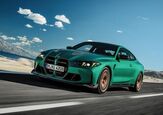

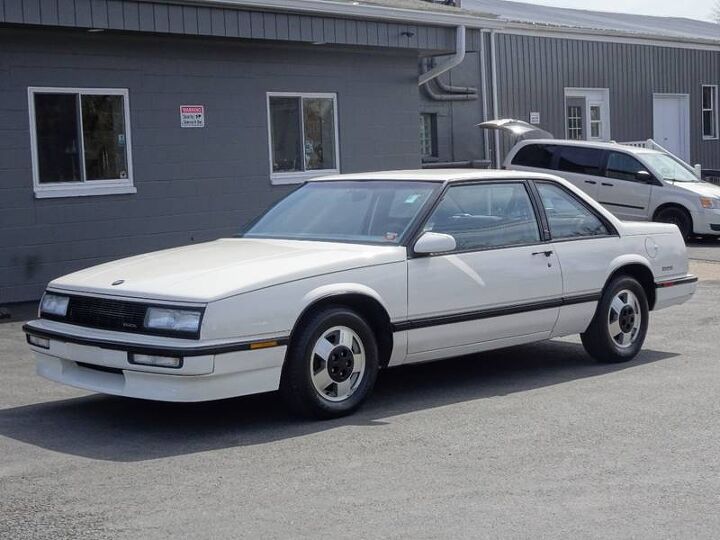



















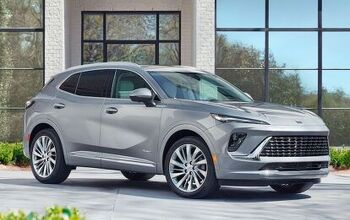
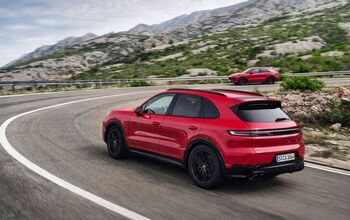

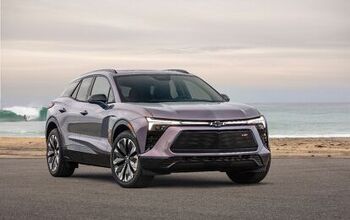

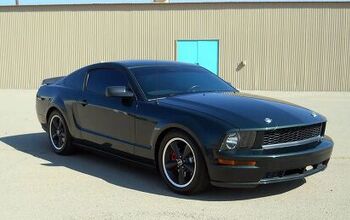
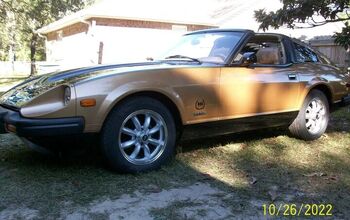
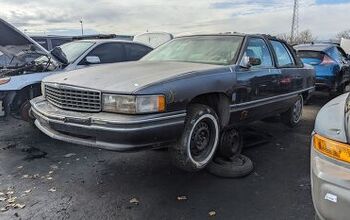

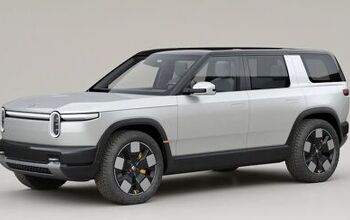

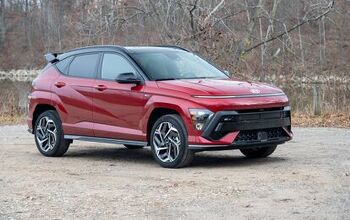
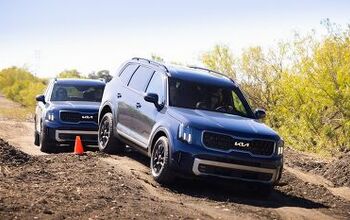
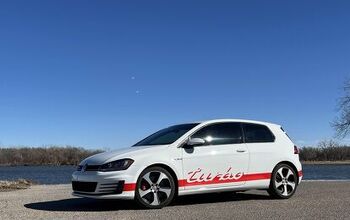


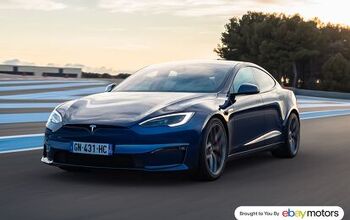
Comments
Join the conversation
It looks nice even today. I actually like gauge cluster from picture at least. But seats look too soft for comfort.
Just look at those velour seats. Can't find anything that nice at ANY price anymore.